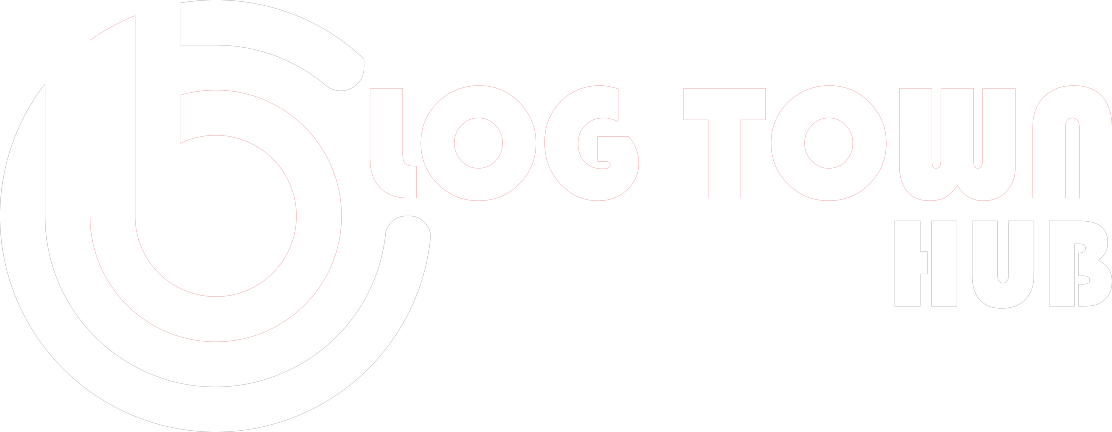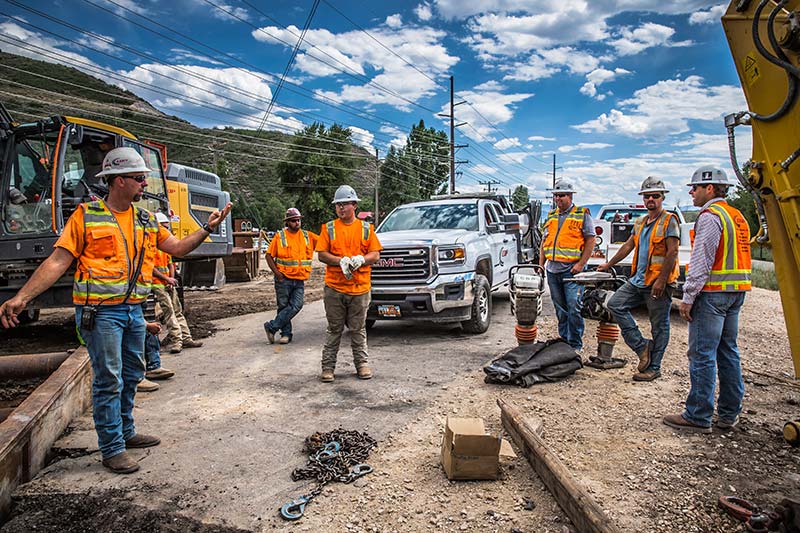A diverse workplace culture can be an amalgamation of a lot of factors and a diverse workplace can be considered to be one that protects age, race, sexual orientation, religion/beliefs, disability, maternity, sex, race etc. and this definition holds true for every industry including the construction industry.
The lack of women in the heavy equipment industry and the homogenous workforce has often been a very noticeable factor over the years. But recently diversity is meant to extend way beyond gender diversity. In the construction industry, only 9.9% of professionals are women with 30.7% Hispanic, 6.2% black, 2% Asian and only 2% being members of the LGBTQI+ community.
In the used industrial equipment sector especially, where there has lately been a labor shortage as older generation retires, the industry can massively benefit by reaching out to these previously-ignored groups in their recruitment practices, and this diverse mix can also help businesses avoid the group think mentality as people from diverse backgrounds approach problems differently leading to better and more creative problem solving for the group as a whole. This tactic can even provide companies with a competitive edge by incorporating diversity in the workplace in an industry where it is not common.
Construction companies can also benefit from the increased productivity that results from a more diverse and inclusive workforce as effective team work with cooperation and mutual respect among team members is very important in the smooth completion of a construction project.
As for the existing employees, training for unconscious bias along with mentoring and networking programs is a good place to start for companies to be more D&I friendly and some companies have started such practices to very positive gains. The efforts an organization makes towards D&I at the workplace impacts with what lens different stakeholders view the organization and such efforts make the company desirable for top talent especially for the gen z, the most diverse generation in history, which the construction industry is quite eager to attract top talent in now.
Therefore, reducing bias at every stage of the hiring process by revisiting job descriptions and removing biased terminologies, removing subjectivity from the interview process by drafting a standard set of questions and scoring criteria or even pre-interview assessments that can help the panel understand the interviewee’s capabilities are some of the ways to build a more bias-free recruitment process in the organization.
The U.S government has also been playing an active role lately by designing training programs for women in construction and with acts such as Women in Apprenticeship and Nontraditional Occupations Act and even encouraging women in STEM at universities across the country.
Efforts to overcome communication barriers by offering training for individuals not fluent in English also shows commitment on part of the organization. Engaging in the education sector can also prove to be very beneficial for companies as they partner with college and universities to provide training to students to prepare them for construction business jobs and enhance their skills.
Implementing a top-down approach is also quite essential. Change needs to start at the top with professionals at the top leading by example to incorporate the diverse and inclusive workplace culture at the organization. This also means there should be more diversity at the top of the organization with more people from different ages, races, sexual orientations, religions/beliefs, races etc. in managerial and top positions for an organization to achieve the diversity benchmark, or more likely, be the first one to set it.


Recent Comments